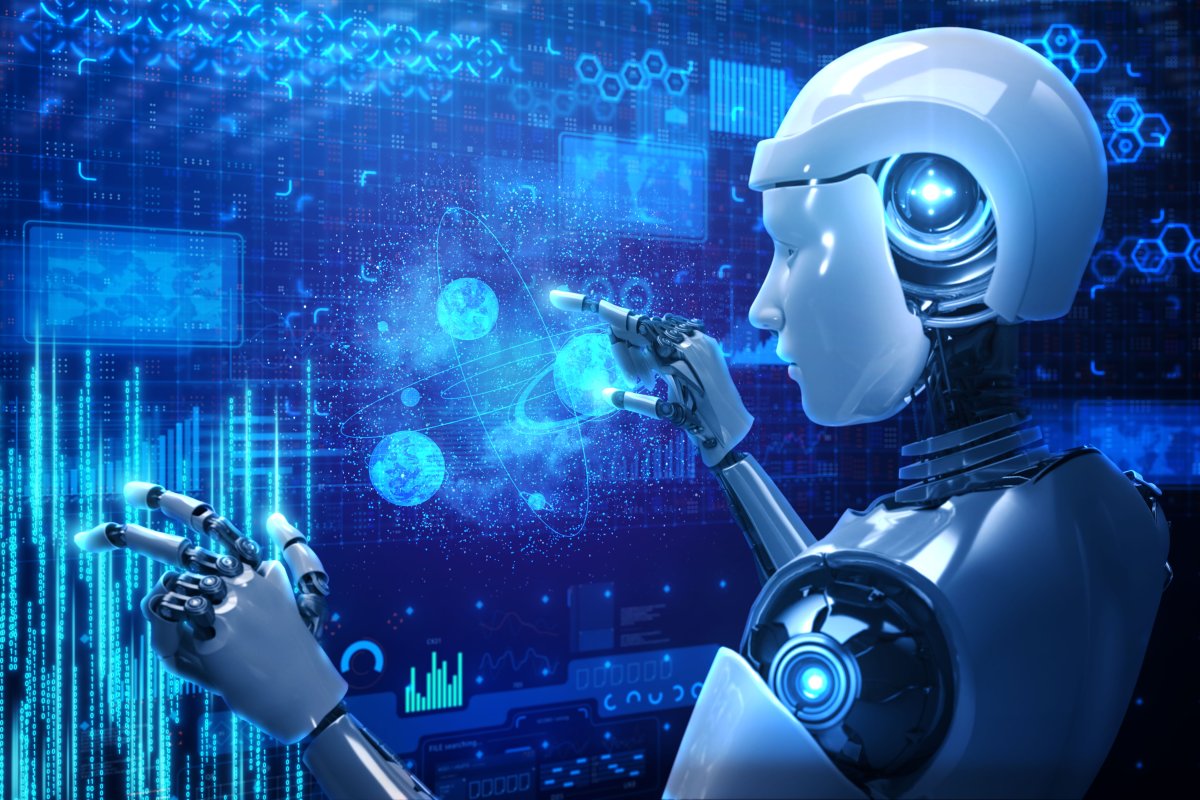
In today’s rapidly evolving job market, the term “skills gap” has become a hot topic of discussion. As industries undergo transformative changes, the demand for specific skills is constantly shifting, leaving both job seekers and employers facing challenges. In this article, we will explore the concept of the skills gap, its impact on individuals and businesses, and practical strategies to bridge this divide.
Understanding the Skills Gap (H1)
What Is the Skills Gap? (H2)
The skills gap refers to the disparity between the skills that employers need and the skills that job seekers possess. It occurs when there is a misalignment between the skills demanded by the job market and the skills acquired through education and training.
The Ever-Changing Workforce (H2)
In today’s digital age, technology is advancing at an unprecedented pace. This constant evolution creates a dynamic workforce that requires individuals to adapt quickly and acquire new skills.
The Impact of the Skills Gap (H1)
Economic Consequences (H2)
The skills gap can have significant economic implications. When employers struggle to find qualified candidates, job vacancies remain unfilled, hindering business growth and innovation.
Individual Challenges (H2)
For job seekers, the skills gap can lead to unemployment or underemployment. Many individuals find themselves in jobs that do not fully utilize their skillsets, resulting in job dissatisfaction.
Bridging the Gap (H1)
Lifelong Learning (H2)
To stay competitive in today’s job market, individuals must embrace lifelong learning. Continuous skill development through online courses, workshops, and certifications is crucial.
Collaboration between Education and Industry (H2)
Educational institutions and businesses must collaborate closely to ensure that curriculum aligns with industry needs. Internship programs and apprenticeships can provide students with practical experience.
Overcoming Challenges (H1)
Reskilling and Upskilling (H2)
For those already in the workforce, reskilling and upskilling programs can help individuals transition into new roles or enhance their existing skillsets.
Soft Skills Matter (H2)
In addition to technical skills, employers are placing increasing importance on soft skills such as communication, problem-solving, and adaptability. Developing these skills is essential.
Conclusion
The skills gap is a challenge that affects both job seekers and employers. However, by embracing lifelong learning, fostering collaboration between education and industry, and focusing on both technical and soft skills, we can bridge this gap and create a more skilled and adaptable workforce.